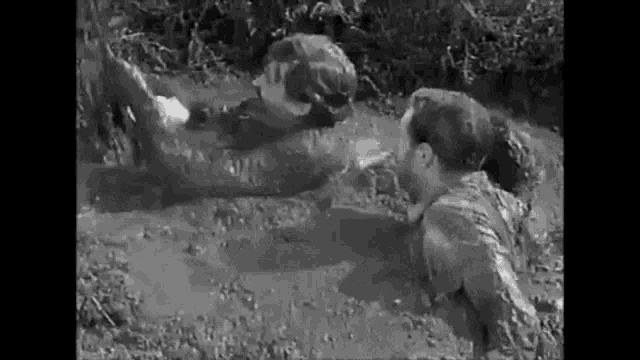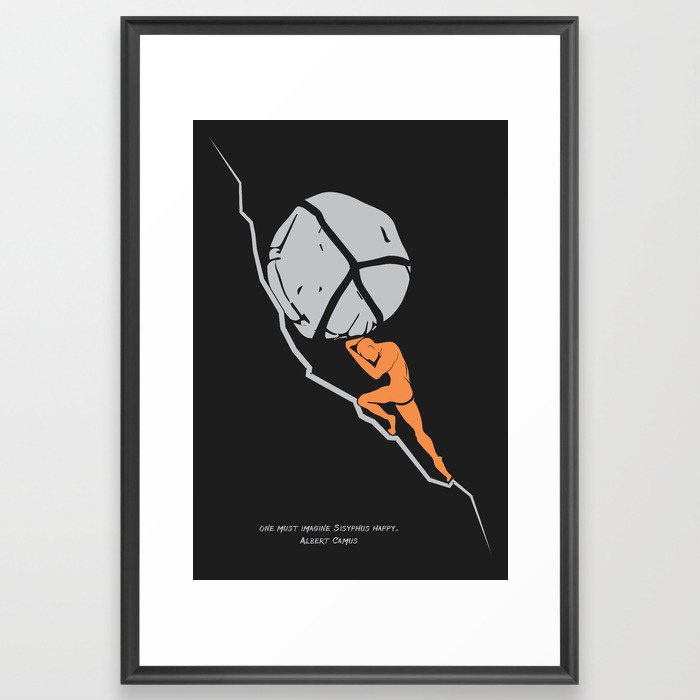Apparently if you are of a certain age—at 60, I am at the end of the Boomer generation—you were convinced by pop culture that one of the great (and even reasonable) fears of being a human was finding yourself trapped in quicksand.

How did I, a redneck living and growing up in the foothills of South Carolina during the 1960s and 1970s, come to fear the ubiquitous dangers of quicksand?
Throughout my childhood, I followed the passions of my mother, who kept black-and-white movies and TV shows on our TVs, including the Johnny Weissmuller Tarzan films and the Ron Ely Tarzan TV series.
Of course this was nonsense—despite my childhood forages in the woods seeking (and trying to avoid) the dreaded quicksand.
I also inherited from my mother a life-long love of science fiction and a toxic cocktail of anxiety, depression, and hypochondria (the latter three all fueled by the pop culture we were consuming).
Pop culture science fiction created in mid- to late twentieth century was often set in the world we inhabit today; notably, we recently passed the setting of Blade Runner, 2019, and are now days into the setting of Soylent Green:

Of course, in 2019, many lamented that, once again, science had not delivered on the promises of science fiction, the flying car, and artificial intelligence remained far behind the “more human than human” refrain evoked in Ridley Scott’s adaptation of Philp K. Dick’s Do Androids Dream of Electric Sheep?
And as far as we know, we are not being fed each other in 2022 because overpopulation has finally threatened the existence of humanity (another fear perpetuated in my childhood).
Since we must resist reading science fiction as prediction—most science fiction is a cautionary tale about any present time and our enduring human weaknesses—I think we should note the brief text of the promotional poster: “It’s the year 2022…People are still the same. They’ll do anything to get what they need. And they need SOYLENT GREEN.”
Humanity hasn’t experienced the sort of scarcity dramatized in the film, but we are in the midst of two years of scarcity and death because of a pandemic. And we are witnessing a truism that is chilling, “People are still the same. They’ll do anything to get what they need.”
And we have learned that “need” can be an ugly, distorting concept.
While the irrational and pervasive fear and anxiety some of us live with as a part of our humanity are often difficult to discern from the fear and anxiety fostered by media, pop culture, and political manipulation, it seems that we as humans need to manage better our irrational fears (quicksand) and fantastical hopes (flying cars) so that we can focus on the real daily threats before us, “People are still the same. They’ll do anything to get what they need.”
No, our food source is not be the Big Reveal of the film:
And it isn’t quicksand lurking around the next corner that may kill us; but the thing to fear is people, each other.
We are a selfish species, and our own worst enemies.
It’s the year 2022.
People are still the same.
That is what is frightening.







